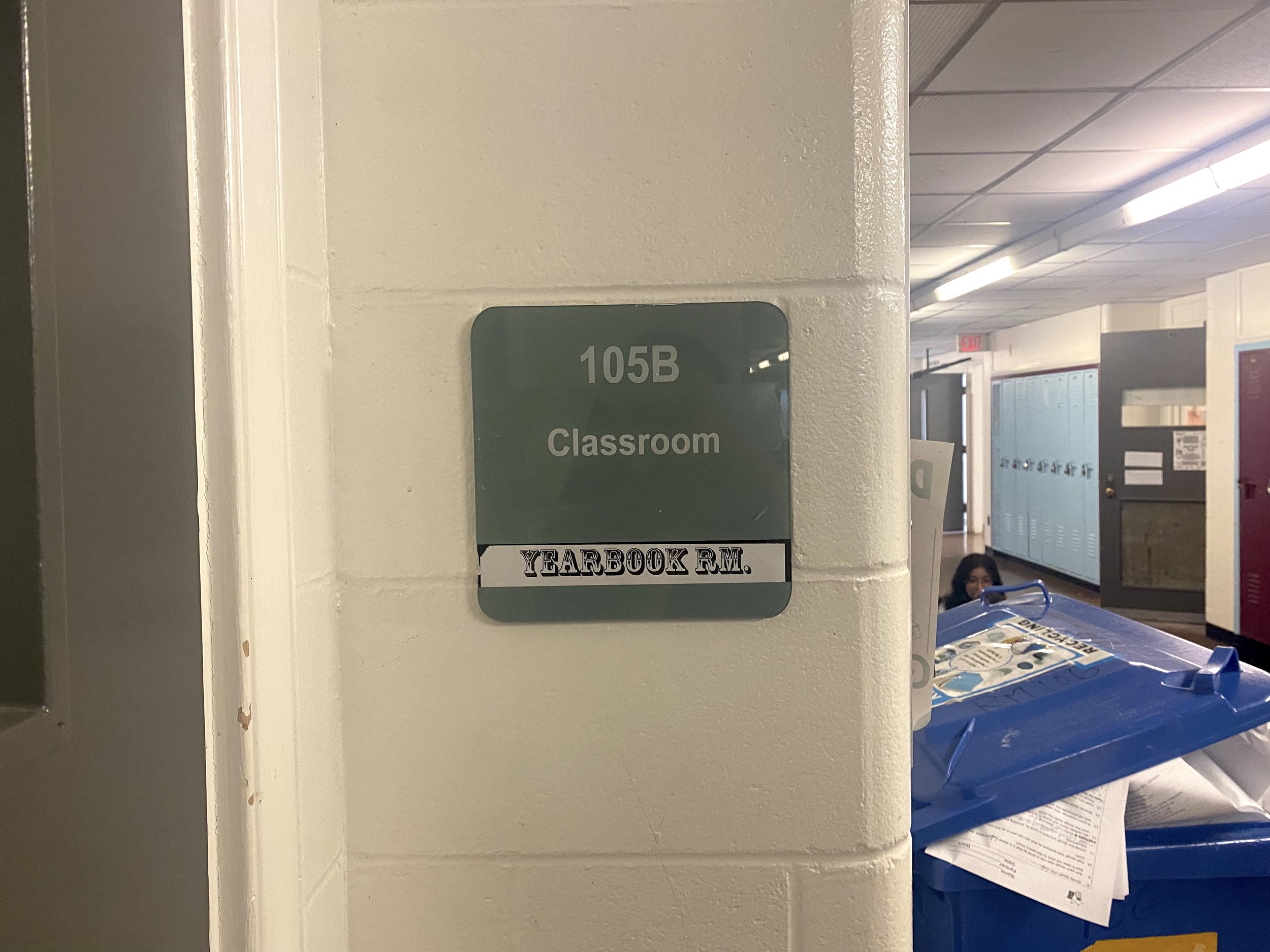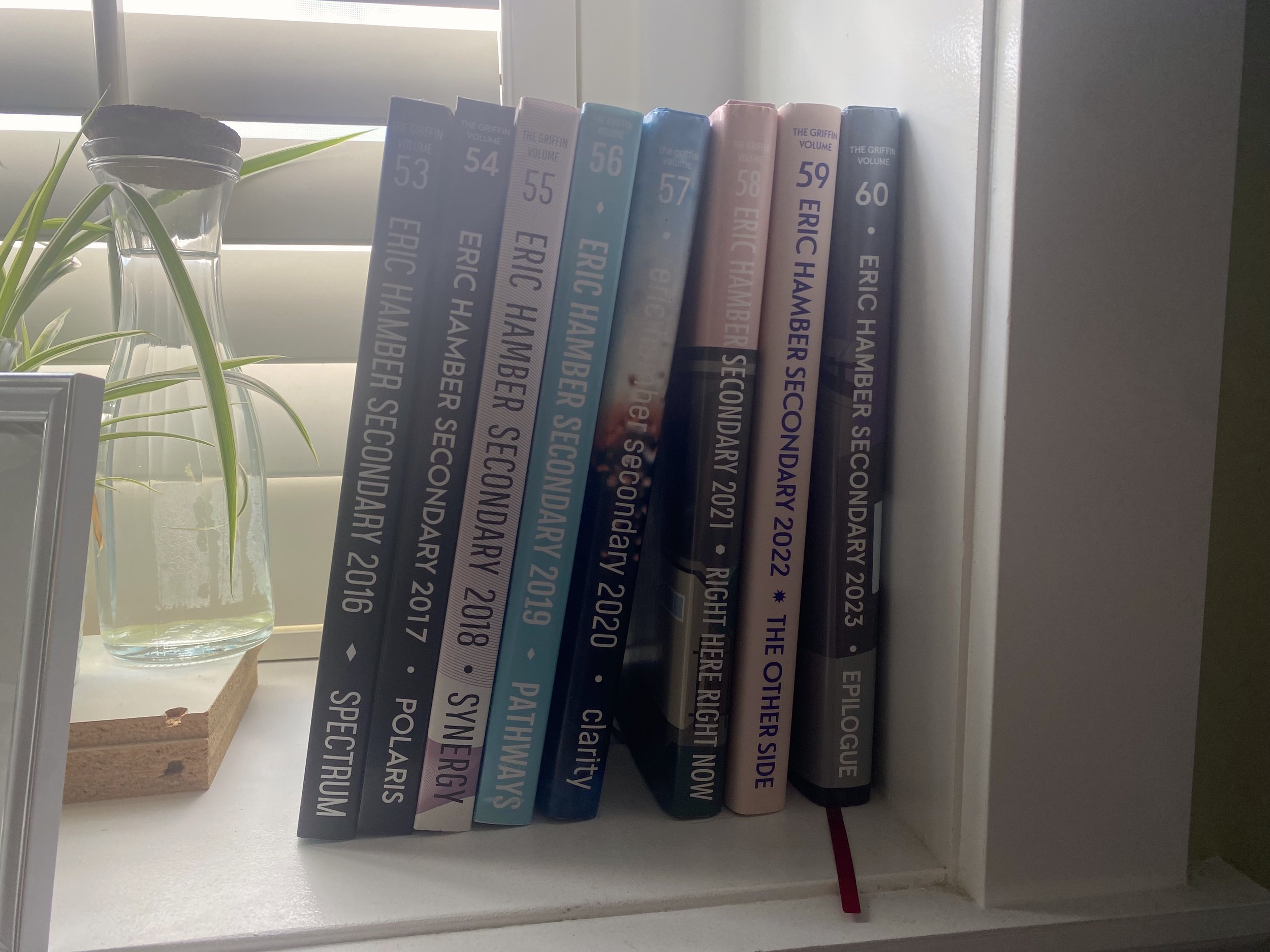OPINION | The Only Room That Will Not Be Transitioned Into The New School
Photo Credit: Izzy Jang
Disclosure: Izzy Jang is a graduating member of the yearbook class
As the school year comes to a close, students are excited to receive their yearbooks, a 264-page summary of the year’s events, stories, and the lives of students. Each year, the yearbook is developed by the BA Yearbook 10/11/12 class, currently headed by Ms. M. Poon (English). As a Yearbook editor myself, I can certainly say that it takes a great deal of organization and effort to deliver a product that is professional and matches the standard set of Hamber’s previous books — some of which have won national awards.
The amount of time put towards Yearbook is easily more than that of a normal class, and although we don’t have tests or quizzes, the expectation is that we put in work during both semesters to complete the book before our May deadline.
Copywriters are expected to find time to interview students for stories and polls while keeping up with their other classes, usually using FIT and lunch to plan and conduct interviews with students.
Photographers have to spend hours after school taking photos of sports games, often finding ways to travel to other locations to photograph Hamber sports.
Designers are expected to coordinate with copywriters and photographers on their own time and design and organize all of their pages before deadlines.
As such, the Yearbook course has its own dedicated classroom. It’s about half the size of a normal classroom, and has computers distributed around the room, with a table in the middle for collaboration. There is also a large cabinet containing yearbooks from previous years, as well as a fridge and microwaves. This room is unlike any other in the school.
For a class that is largely collaborative, and needs a different workspace than a normal classroom with desks, the Yearbook Room is the perfect space for the students in the class. Because students come in and out of the room during both semesters to work during free blocks or to collaborate with each other during FIT and lunch, a private room is incredibly helpful.
Naturally, you’d expect that this unique and evidently necessary room will be implemented into the new school next year. But you’d be wrong. There’s no yearbook room in the new school.
Photo Credit: Izzy Jang
Throughout the process of organizing the new school floor plan, Ms. Poon spent time designing a room that was made to benefit the unique nature of the course and meet the needs of students taking the course. However, this thoughtfully designed room — though still being built and put into the new school — will not be a room for Yearbook students; rather, it will be used as a normal classroom.
As a member of the Yearbook class for the past three years, not having a space like the one we have in the current building would definitely limit the quality of the work we produce. Students who have a free block won’t be able to access a classroom where they can do their Yearbook work.
Not to mention that the yearbook is a confidential project. There’s no point in having a yearbook if all the information and pages are leaked to other students before it’s published. Having a private room allows students to work freely and have a space to talk without the book’s name, theme, fonts and colours out in the open for any student passersby to see.
Interestingly enough, the removal of the Yearbook Room contradicts Section 3.6.1.3 of the new school building’s Design-Build Agreement, which states that “the number between the uses [of the departments] above vary year by year, however, there is always one (1) dedicated classroom for the Yearbook.”
This rash, sudden decision has left Yearbook students with a great deal of questions. Why was the room removed? Who is behind this decision? Why was this allowed to happen at all if it breaks the contract agreed upon back in 2020? Whether this was the work of the VSB, Hamber administration, or someone else altogether, we want answers.


